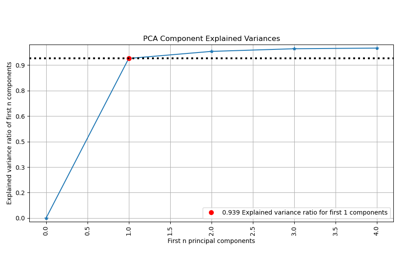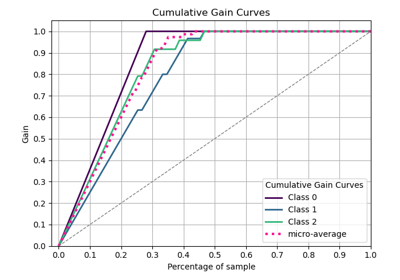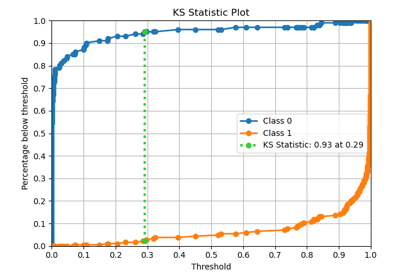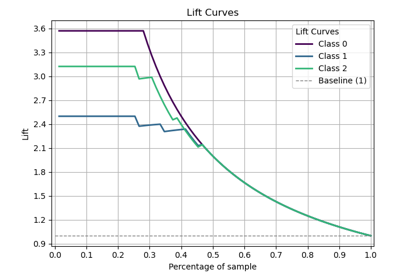plot_pca_2d_projection with examples#
An example showing the plot_pca_2d_projection function
used by a scikit-learn PCA object.
# Authors: The scikit-plots developers
# SPDX-License-Identifier: BSD-3-Clause
Import scikit-plots#
from sklearn.datasets import (
load_iris as data_3_classes,
)
from sklearn.decomposition import PCA
from sklearn.model_selection import train_test_split
import numpy as np
np.random.seed(0) # reproducibility
# importing pylab or pyplot
import matplotlib.pyplot as plt
# Import scikit-plot
import scikitplot as sp
Loading the dataset#
# Load the data
X, y = data_3_classes(return_X_y=True, as_frame=True)
X_train, X_val, y_train, y_val = train_test_split(X, y, test_size=0.5, random_state=0)
PCA#
# Create an instance of the PCA
pca = PCA(random_state=0).fit(X_train)
# Create an instance of the LogisticRegression
# model = LogisticRegression(max_iter=int(1e5), random_state=0).fit(X_train, y_train)
# Perform predictions
# y_val_prob = model.predict_proba(X_val)
Plot!#
# Plot!
ax = sp.decomposition.plot_pca_2d_projection(
pca,
X_train,
y_train,
biplot=True,
feature_labels=X.columns.tolist(),
save_fig=True,
save_fig_filename="",
# overwrite=True,
add_timestamp=True,
# verbose=True,
)
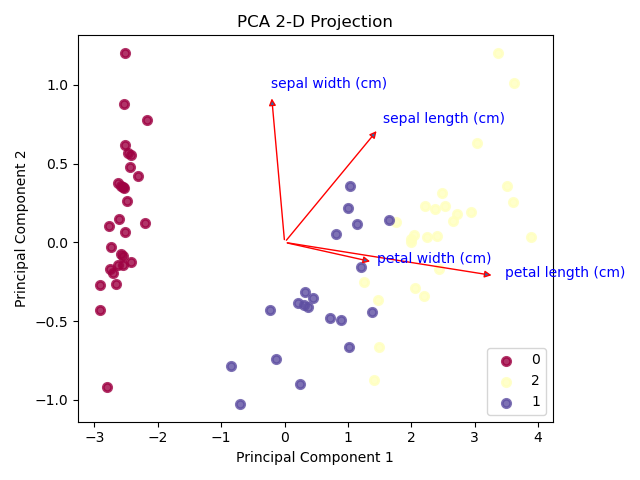
Total running time of the script: (0 minutes 0.517 seconds)
Related examples

